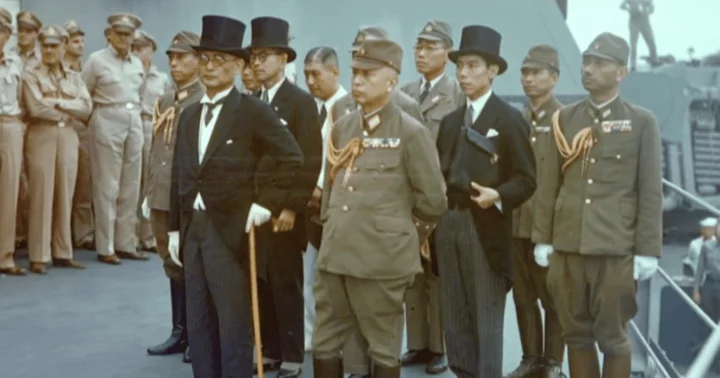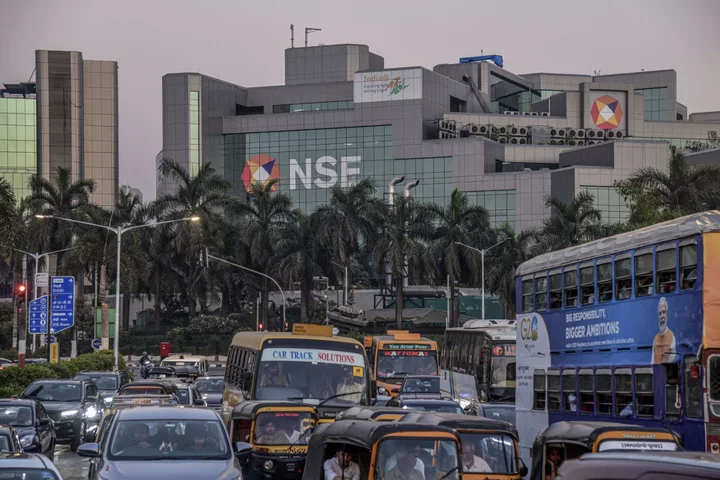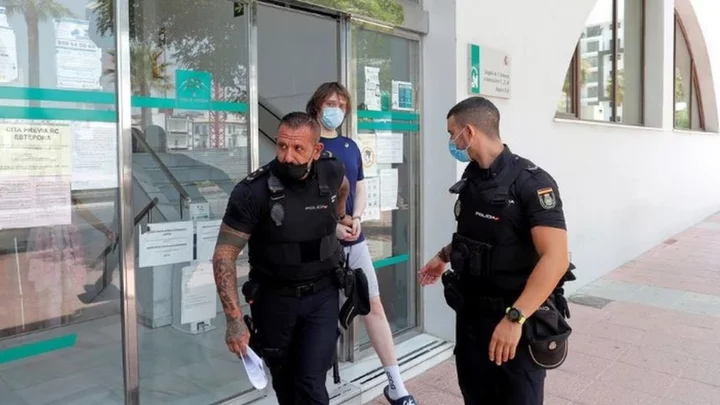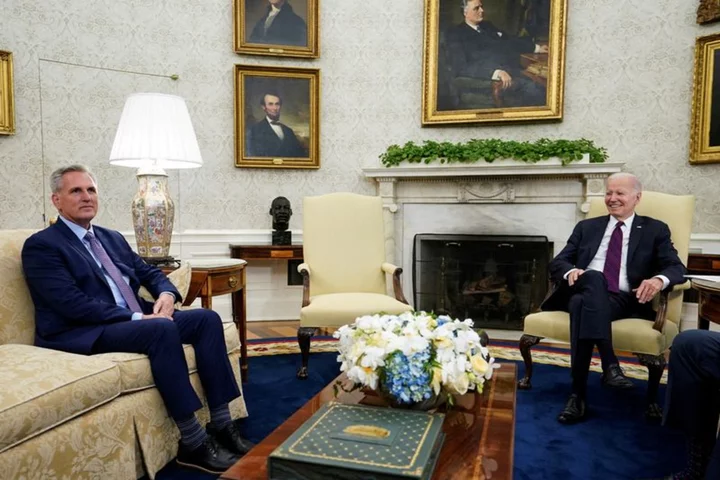TOKYO BAY, JAPAN: On September 2, 1945, aboard the USS Missouri in Tokyo Bay, Japan officially surrendered to the Allies, marking the end of World War II.
By the summer of 1945, it had become evident that Japan's defeat was imminent, as the Japanese Navy and Air Force had been decimated, and intense bombing raids on its cities had left the nation's infrastructure and economy in ruins.
Why did Japan's surrender end World War 2?
The atomic bombings of Hiroshima and Nagasaki played a pivotal role in Japan's surrender and the conclusion of World War II.
In June, the capture of Okinawa by American forces provided a strategic point from which an invasion of the Japanese home islands could be launched.
General Douglas MacArthur was assigned to oversee the impending invasion, codenamed "Operation Olympic," set for November 1945. However, an alternative option emerged on July 16 when the US successfully detonated the world's first atomic bomb in the New Mexico desert.
The breakthrough led to the issuance of the Potsdam Declaration by the Allies on July 26, demanding Japan's unconditional surrender.
As per the declaration issued on July 26, 1945, by the US, Great Britain, and China, Japan would face "prompt and utter destruction," along with demilitarization, disarmament, and democratization, if the country refused to accept it.
Who was Kantaro Suzuki?
Kantaro Suzuki, who was the Japanese Prime Minister during World War II, indicated on July 28, 1945, that his government would not pay attention to the ultimatum issued by the Allies.
In response, US President Harry S Truman ordered the use of atomic weapons. On August 6, the US B-29 bomber Enola Gay dropped an atomic bomb on Hiroshima, resulting in the deaths of approximately 80,000 people and leaving thousands more critically injured.
After the atomic bombing of Hiroshima, there was a rift within Japan's Supreme War Council regarding the acceptance of the Potsdam Declaration, which demanded unconditional surrender.
Some members of the council were in favor of accepting the terms, recognizing Japan's increasingly dire situation. However, the majority of the council resisted surrendering to the Allies.
How did Japan react to the atomic bombing of Hiroshima?
The Japanese government in Tokyo couldn't immediately grasp the news of the destruction of Hiroshima city, but the true power of the new Allied weapon, the atomic bomb, became more evident to them after the Nagasaki attack, which took place on August 9, 1945.
On that night, Japanese Emperor Hirohito convened a meeting of the Supreme War Council. After a lengthy, emotional debate, the emperor supported a proposal put forth by Prime Minister Suzuki.
This proposal recommended that Japan accept the Potsdam Declaration "with the understanding that said Declaration does not compromise any demand that prejudices the prerogatives of His Majesty as the sovereign ruler," as per History.com.
In other words, Japan would accept the terms of surrender while seeking to protect the Emperor's position.
The Supreme War Council followed Emperor Hirohito's decision to accept peace, and on August 10, 1945, this message was relayed to the US, marking a significant step toward Japan's surrender and the end of World War II.









